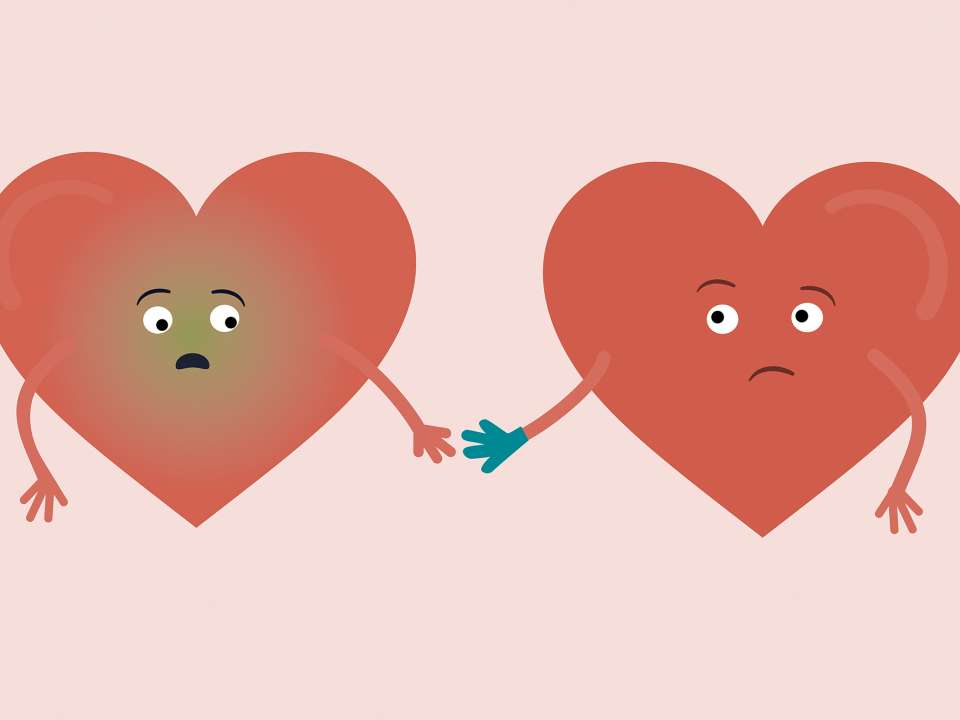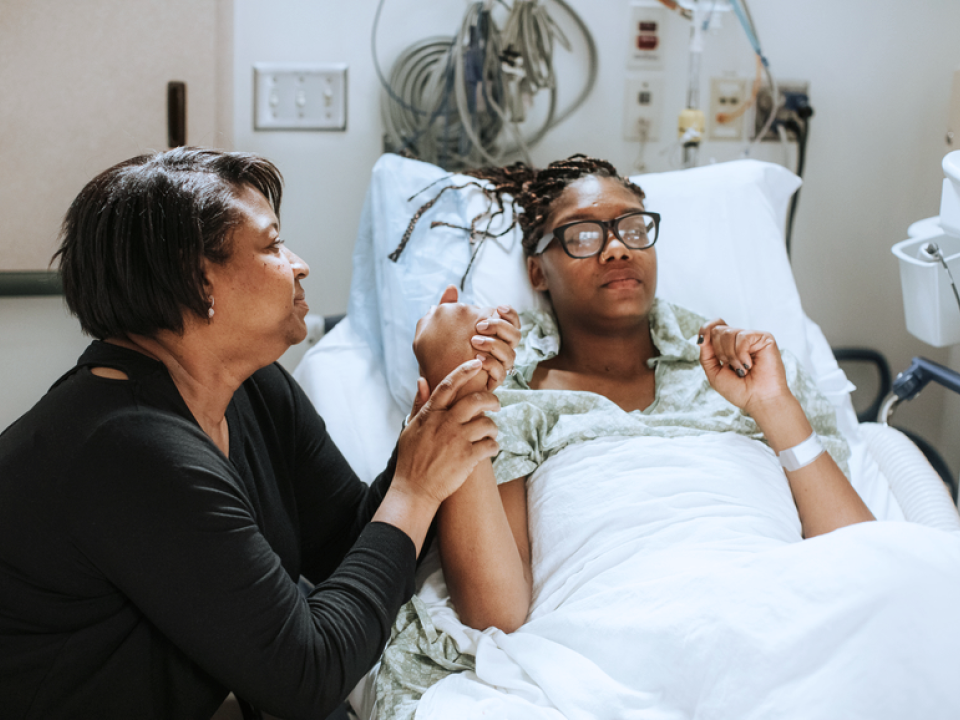
Though you may not have heard of Mittelschmerz, there’s a pretty good chance that you’ve experienced it — since, unfortunately, over 40% of people with periods encounter this condition almost every month.
The German term for “middle pain,” Mittelschmerz is the fancy word for ovulation pain, that irritating pinch or sharp cramp that can hit you right in the ovary, around ovulation time.
Excuse me — Mittelschmerz?
Mittelschmerz doesn't usually begin until a woman or person with ovaries has been menstruating for a couple of years, and then it can occur once a month.
“Mittelschmerz is a normal physiologic process,” explains Dr. Anita Tiwari, OB-GYN at the Obstetrics and Gynecology Clinic at Northwest Outpatient Medical Center and the Childbirth Center at UW Medical Center — Northwest. “It usually occurs in the middle of a menstrual cycle, or about 14 days before your next period, and most often feels like an ache in either your left or right side of the abdomen.”
Mittelschmerz pain can range from super mild to the kind that takes your breath away (like the worst kind of period cramps).
Symptoms of Mittelschmerz
The main sign that you’re suffering from Mittelschmerz is pain near the ovary that’s releasing an egg — it can feel like a small twinge or pinch, or even a sudden and sharp pain. The pain can last anywhere from a few minutes to the whole day (yikes).
Some other signs that you may be dealing with Mittelschmerz/ovulation pain?
- Light vaginal bleeding
- Clear vaginal discharge
- Nausea
- Fever
- Lower back pain
And remember, the pain and symptoms — though definitely annoying — shouldn’t be so horrendous that they affect your everyday functioning.
Why such a pain?
Mittelschmerz coincides with ovulation. So, since most menstruating people have two ovaries, one on each side of the uterus, the pain often shifts from side to side depending on which ovary is releasing the egg. Something interesting? Some people have discomfort every month while others only feel pain on one side — therefore only experiencing Mittelschmerz every other month when their touchier (snippier? more sensitive?) ovary is active.
We know that during ovulation, eggs grow inside a fluid-filled sac called a follicle, which eventually stretches and breaks open every month.
“When the follicle ruptures to release the egg from the ovary, there can be a small amount of bleeding or release of fluid,” says Tiwari. “This process can feel uncomfortable but is a normal part of ovulation and resolves on its own.”
Dealing with the discomfort
Looking for some relief from ovulation pain? Tiwari says rest is often the best medicine, but ibuprofen or other over-the-counter pain relievers are also helpful. A heating pad or a hot bath are also great options for making you more comfortable.
If you’re dealing with more severe pain, you should really talk to your doctor about using birth control pills or any method that suppresses ovarian function, since that can also stop the associated pain.
Mittelschmerz doesn’t usually require medical intervention, but Tiwari says there are a few symptoms that are concerning.
“If your pain is worsening, ibuprofen is not helping, any type of movement is painful or you are feeling dizzy or lightheaded — it’s time to reach out to your doctor,” she says.
Mittelschmerz-like pain can also be due to things like appendicitis, pelvic inflammatory disease, ectopic pregnancy or other serious conditions — which is why it’s important to speak with your doctor and get checked out if you’re unsure of what’s going on.
It can also be helpful to keep track of when and where you’re feeling pain, so you have a Mittelschmerz journal of sorts to share with your doctor.

 Healthy ideas for your inbox
Healthy ideas for your inbox





